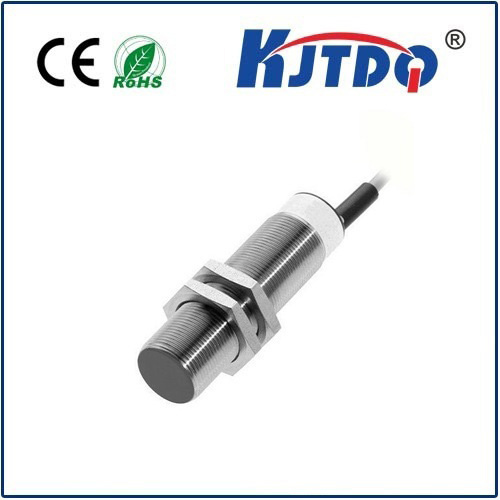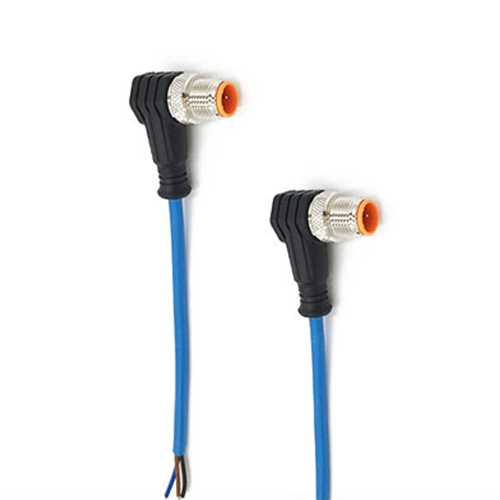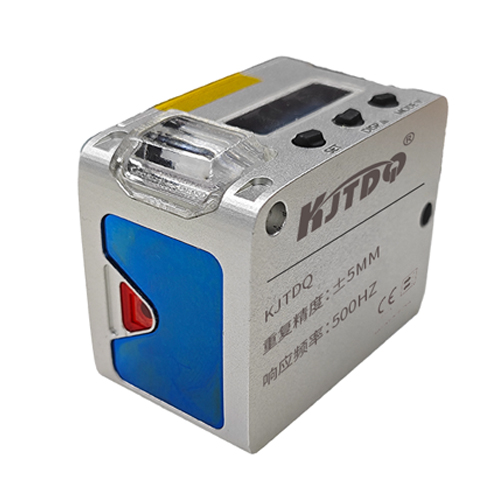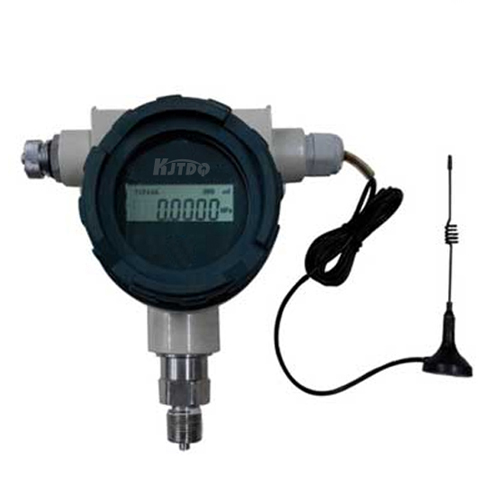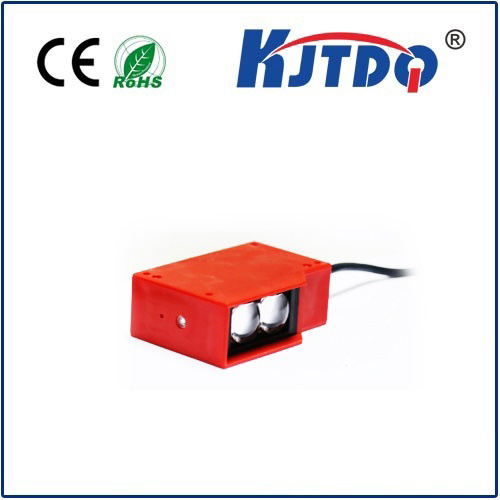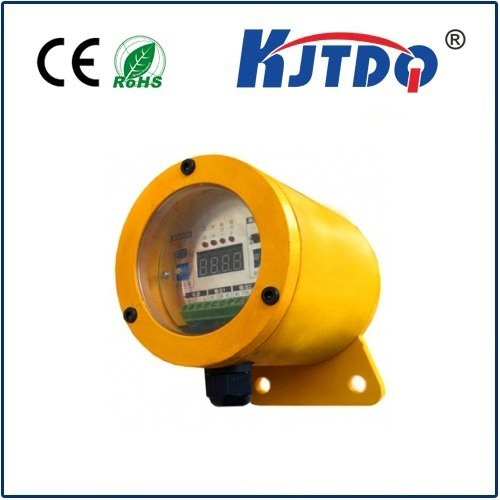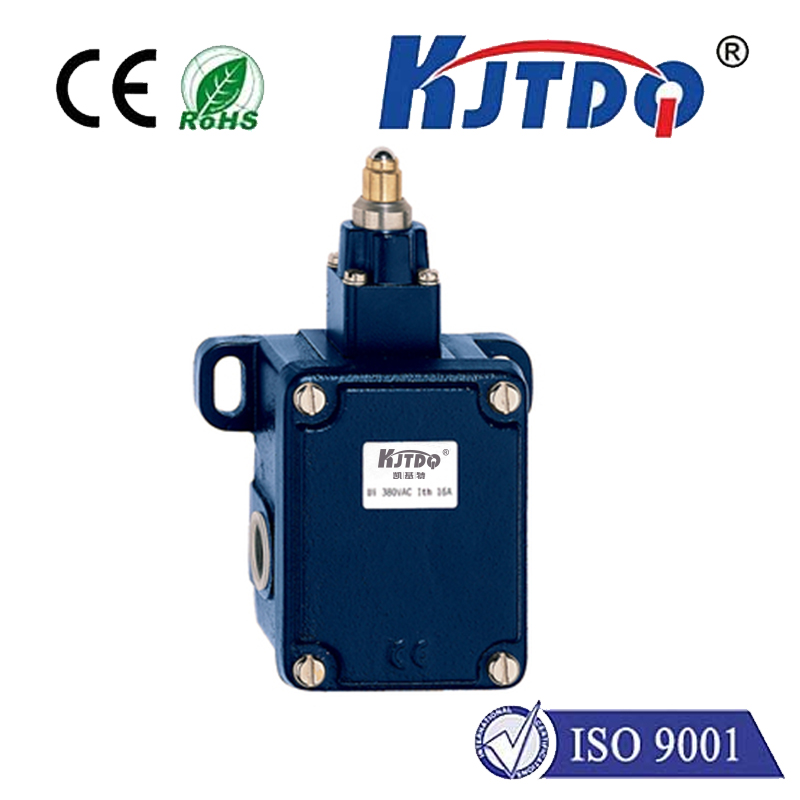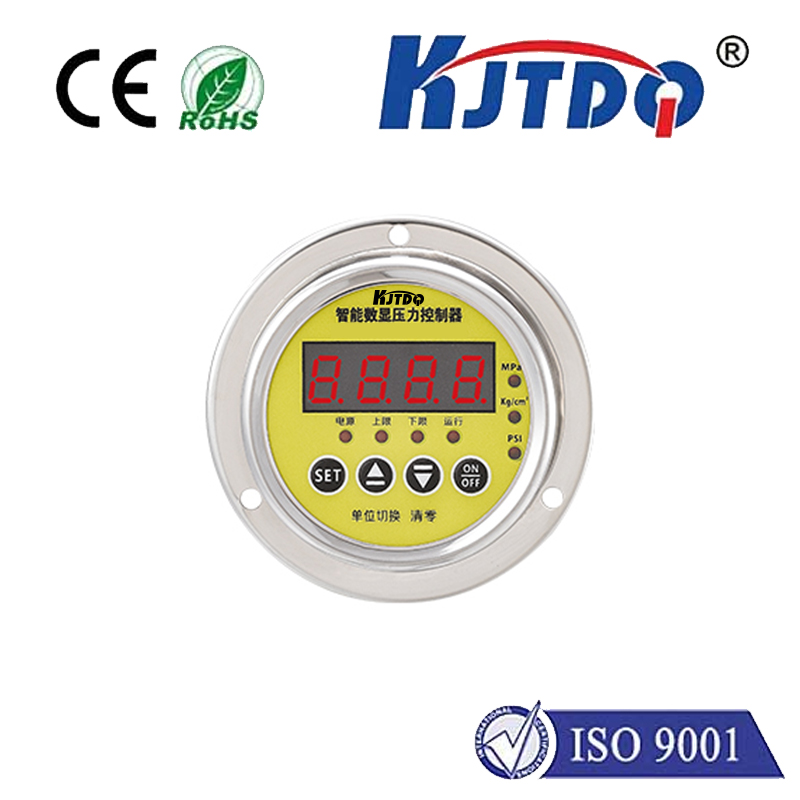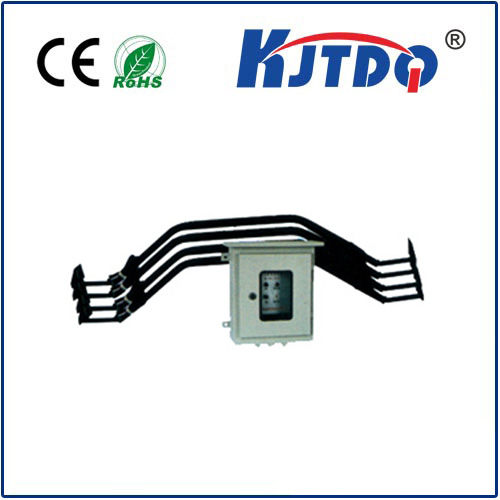induction sensor price
- time:2025-06-18 02:06:56
- Click:0
Demystifying Induction Sensor Price: Key Factors & Cost Considerations
Induction Sensor Price: Unpacking the Variables for Smart Buying Decisions
In the bustling heart of modern automation, from robotic assembly lines to high-speed packaging machines, induction sensors serve as the unseen sentinels. These robust, non-contact workhorses detect the presence or absence of metallic objects with remarkable reliability. For engineers, maintenance teams, and procurement specialists tasked with sourcing these components, understanding the induction sensor price landscape is crucial. Prices aren’t arbitrary; they reflect a complex interplay of technology, specifications, and market forces. Navigating this effectively means knowing why costs vary and what truly impacts your budget.
Why Do Induction Sensor Prices Fluctuate So Much?

Walk into any industrial supplier’s catalog or browse online marketplaces, and you’ll encounter a dizzying array of induction sensor price points. A seemingly similar sensor can range from a few dollars to over a hundred. This variance isn’t random; it’s deeply rooted in the sensor’s inherent design, capabilities, and intended application. Several core factors dictate the final cost:
- Sensor Type & Technology: The fundamental operating principle influences cost.
- Shielded vs. Unshielded: Shielded sensors have their coil encapsulated by ferrite, concentrating the electromagnetic field axially. This allows for flush mounting in metal and typically results in a shorter sensing range. Their construction is generally more complex, leading to a higher induction sensor price compared to unshielded types. Unshielded sensors offer a longer sensing range but require more surrounding space (non-flush mounting) due to their lateral field emission. They are often simpler and less expensive.
- Sensing Range: This is a major cost driver. Sensors designed to detect objects from several millimeters away require more sophisticated coil design, higher-quality materials, and often more robust internal electronics to generate the necessary electromagnetic field strength and reliably discern the return signal over that distance. Consequently, longer-range sensors command a higher induction sensor price tag than their short-range counterparts.
- Housing Material & Build Quality: Industrial environments are harsh. Sensors face vibration, extreme temperatures, chemical exposure, and physical impacts.
- Stainless Steel (e.g., V4A/AISI 316L): Offers superior corrosion resistance and high mechanical strength, essential for food & beverage, chemical, or marine applications. This durability comes at a premium induction sensor price.
- Nickel-Plated Brass: Provides good corrosion resistance and is a standard choice for many industrial settings, offering a middle-ground cost.
- Plastic (PBT, PVDF): Lightweight and often the most budget-friendly option for less demanding environments, but less resistant to chemicals and mechanical stress.
- Electrical Specifications & Output Type: How the sensor communicates its detection state impacts both performance and cost.
- Output Configuration: DC 3-Wire (NPN or PNP): The most common and generally cost-effective for most applications. DC 2-Wire: Simplifies wiring but can have voltage drop limitations; price varies. AC/DC Universal (4-Wire): Offers maximum flexibility but involves more complex circuitry, increasing the induction sensor price.
- Current Rating: Sensors designed to switch higher currents (e.g., 500mA vs. 200mA) require more robust output transistors and heat dissipation, adding to the cost.
- Voltage Range: Wider operating voltage ranges (e.g., 10-30V DC vs. a narrower 18-30V DC) require more sophisticated internal voltage regulation components.
- Protection Ratings (IP, NEMA): Resistance to environmental ingress (dust, liquids) is paramount. Sensors boasting high IP ratings (like IP67, IP68, IP69K) or NEMA ratings involve complex sealing techniques, special materials, and rigorous testing to ensure reliability in washdown areas, outdoor settings, or dusty conditions. Achieving and certifying these high protection levels significantly contributes to the induction sensor price.
- Special Features & Certifications: Additional functionalities or compliance requirements add layers of cost:
- IO-Link Capability: Sensors with this digital communication protocol offer advanced diagnostics, parameterization, and easier integration into Industry 4.0 setups but involve significantly more complex electronics.
- ASIL Certification: Automotive safety integrity level certification requires rigorous design processes and testing, heavily influencing induction sensor price for automotive applications.
- High-Temperature Ratings: Sensors designed to operate reliably at sustained temperatures above standard ratings (e.g., >100°C) need specialized materials and design.
- Enhanced EMC Performance: Sensors certified for use in environments with high electromagnetic interference require additional shielding and filtering components.
- Brand Reputation & Support: Established global brands (Omron, Pepperl+Fuchs, Sick, Balluff) typically command higher prices due to their extensive R&D, proven reliability, stringent quality control, comprehensive global support networks, and long warranties. Lesser-known or generic brands might offer lower initial induction sensor price points but may vary in consistency, longevity, and technical support.
Typical Induction Sensor Price Ranges (Guidelines Only)
Providing exact figures is challenging due to constant market flux, application specifics, and distributor pricing. However, here’s a general rough guide to orient you (prices per unit in USD/EUR, excluding bulk discounts):
| Feature Category |
Low-End Range |
Mid-Range |
High-End Range |
Primary Drivers |
| Standard Sensors |
\(10 - \)25 |
\(30 - \)80 |
\(100 - \)200+ |
Range, material (stainless), features (IO-Link) |
| Shielded vs Unshielded |
Unshielded lower |
Shielded higher |
Complexity of shielded design (ferrite core) |
| Sensing Range |
Short range lower |
Long range higher |
Stronger electromagnetic field required |
| Housing Material |
Plastic/Nickel Brass |
Stainless Steel |
Material cost and machining complexity |
| Environmental Ratings |
IP65/IP67 |
IP68/IP69K |
Sealing complexity and testing requirements |
| Output Type |
Basic 2-wire/3-wire |
IO-Link/ASIL Safety |
Advanced electronics and certification processes |
| Brand Tier |
Generic/Value Brands |
Mid-Tier Brands |
Premium Global Brands |
R&D investment, global support, warranty length |
Making Smart Induction Sensor Purchasing Decisions: Beyond the Price Tag
Focusing solely on the lowest induction sensor price can be a costly mistake in the long run. Consider these aspects:
- Total Cost of Ownership (TCO): Factor in installation time, potential downtime caused by failures, replacement costs, and maintenance needs. A slightly higher upfront cost for a more reliable sensor often yields significant savings over its lifespan.
- Application Requirements: Rigorously define the must-haves: required sensing distance, target material, environmental conditions (temp, chemicals, washdown?), needed IP rating, electrical interface (NPN, PNP, IO-Link?), and physical size constraints. Avoid over-specifying, but






